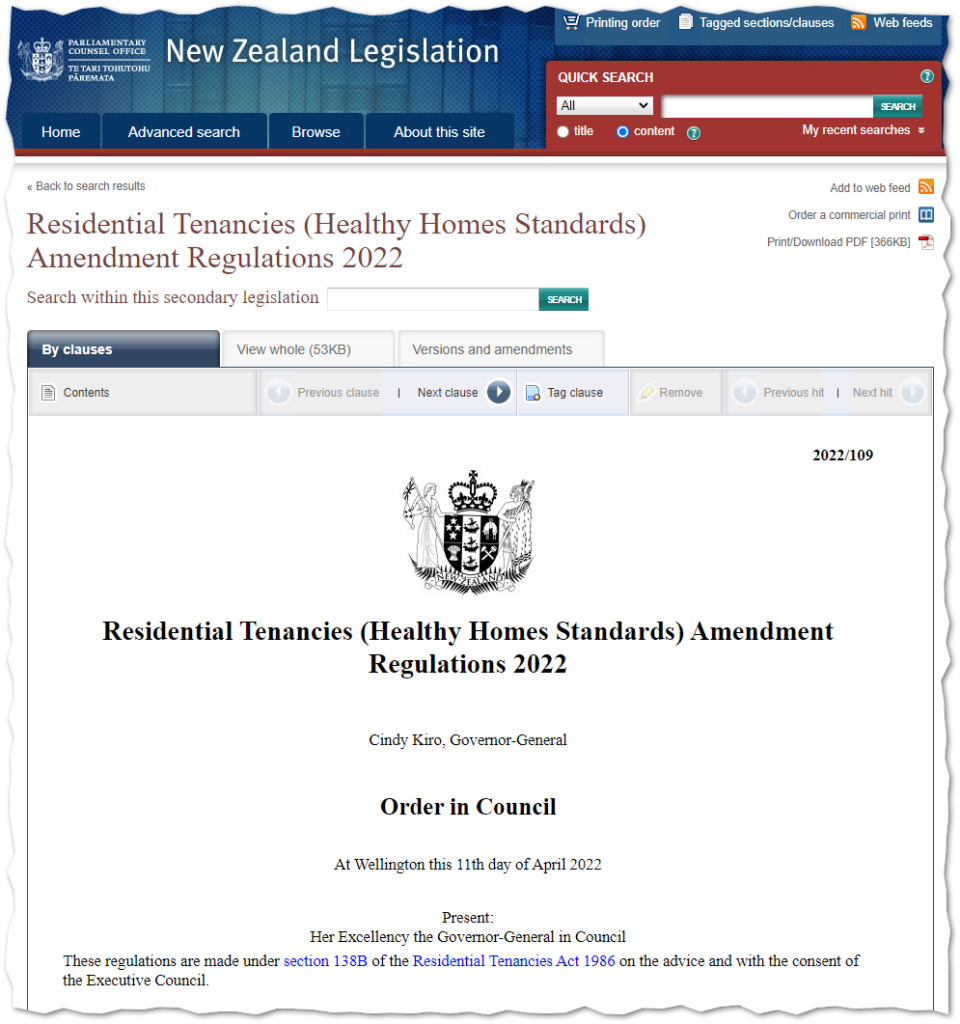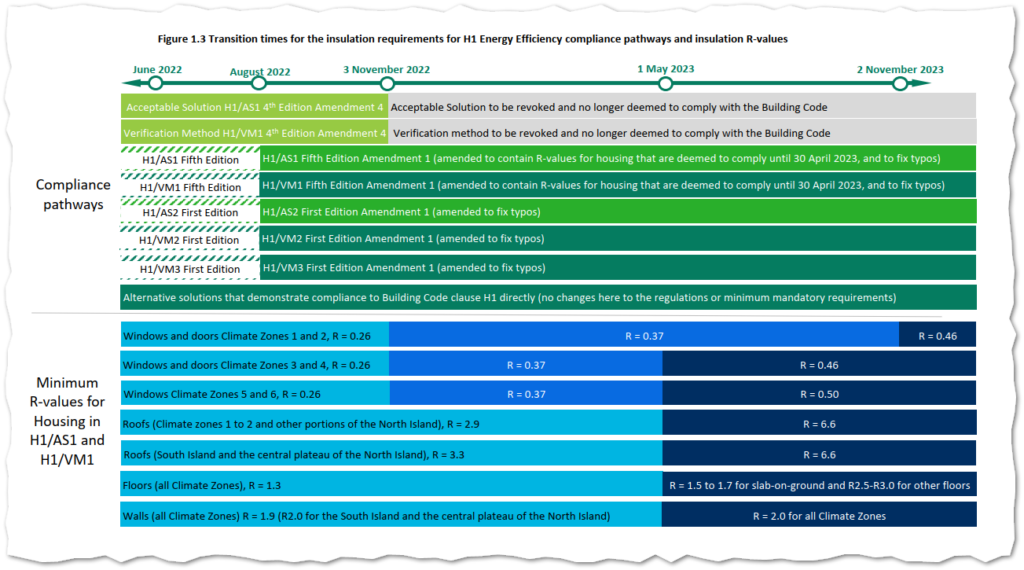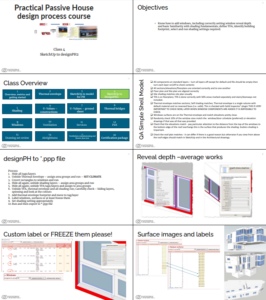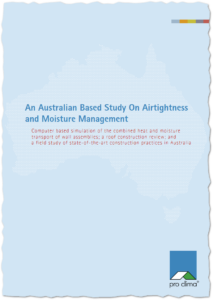Allow for mistakes and changes in the course of the design (and build) process. That, in a nutshell, is possibly the best piece of advice we can offer to Passive House designers. It’s based on the many projects we either design, advise on or certify. In a perfect world, you’ll never need to use the following tips. But as is …
The Fave Four according to Stuff

Stuff’s focus on certified Passive House homes continues with a great round up by journalist Colleen Hawkes. She profiles her personal four favourite Passive House projects from 2022. Two are multi-unit developments. I have to point out that the “biggest certified passive house in the Southern Hemisphere” isn’t correct–not yet. The Lee family’s home in Cockle Bay is still being …
Healthy Homes Standards: the amendment explained

I’ve been asked several times for information on the New Zealand Healthy Homes Standards and how it impacts high-performance buildings. Te Tūāpapa Kura Kāinga – Ministry of Housing and Urban Development (HUD) introduced the legislation to force the large number of minimally compliant landlords to improve their rentals to at least a minimum standard. This is a good focus; but …
Hempcrete thermal modelling info

A residential project involving hemp as a building material is targeting Passive House certification in New Zealand. Hemp is a new material for the Sustainable Engineering team and it’s interesting to go diving into the techie details. As with other natural building materials, hemp is not a standardised product. The exact mix of the hempcrete and its reasonably expected thermal …
SEL provides PHPP support for PHINZ
Have you purchased the Passive House Planning Package (PHPP) software from PHINZ and got stuck with some aspects of energy modelling using this tool? PHINZ now has a PHPP support service available. PHINZ has contracted the Sustainable Engineering team to answer questions via email on PHINZ’s behalf. The questions and answers will also be compiled as a FAQ, which will …
Better windows start now

It’s disappointing that the c have been delayed further. However, new levels of window thermal performance kicked in last week. So did new calculation methods. As of 3 Nov 2022 the old H1/AS1 etc are no longer acceptable. I’ve included the new schedule below. It’s more complicated because some parts of the upgrade were pushed back a further six months. …
New PH design process course is humming along

The first cohort of students in the Practical Passive House design process course are more than halfway through. Everyone in the group of 16 recently completed their first big assignment, a DesignPH model. About a third are using the course to help them develop a client’s design, while others are working through personal projects. Feedback from students has been very …
New Aus Defence buildings to meet airtightness targets

Tip of the hat to Sean Maxwell for his LinkedIn post alerting me to some welcome developments in Australia. The Australian Department of Defence has revised its Building Energy Performance Guide to include enforceable air tightness testing requirements for all its new buildings. Permeability targets are defined in the guide. All buildings must be tested for airtightness according to ISO …
New airtight resource available from ProClima

ProClima has released an in-depth look at lightweight timber framing construction for walls and roof (and including warm roofs and their hybrids) across the climate zones of Australia. The report, by Jesse Clarke, is An Australian Based Study On Airtightness and Moisture Management and it is available to download. It includes tropical climates. That will be of considerable academic interest …